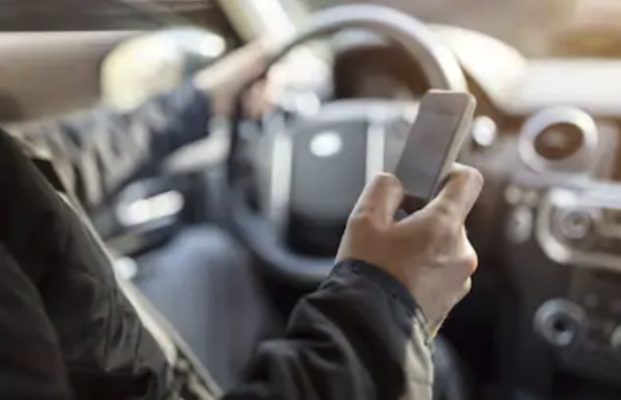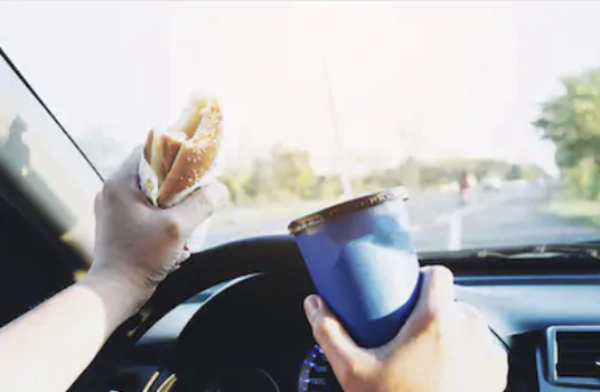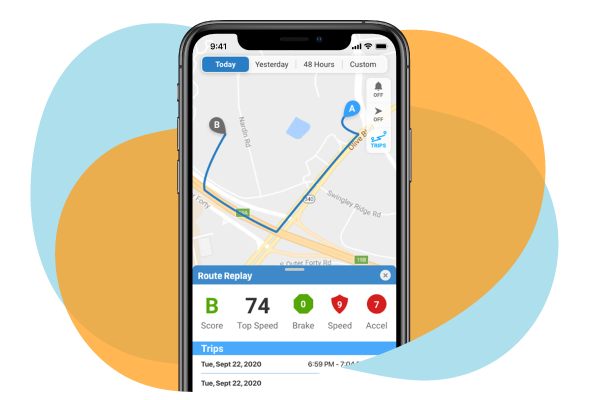
By Janine Brownridge / Posted January 25, 2021
3 Types of Distracted Driving and How to Avoid It
Distracted driving has been on the rise in recent years and claims thousands of lives. Here are three major types of distractions that can take place when we’re behind the wheel.
Manual Distractions
Manual distractions are anything that causes the driver to take their hands off of the wheel. Reaching for your cell phone, fumbling with food, or even typing an address into your GPS are all included in the manual distractions category. Taking your hands away from the wheel breaks your attention from the road to whatever object you are reaching for or may already have in your hands.

University of Utah psychologists say that cell phone users are 5.36 times more liked to get into a car accident than drivers who are undistracted. Make sure you take your time to do certain activities before putting your car in drive. Eat your meals while the car is in park. Figure out the address of your destination and route it before pulling off. Also, make sure your phone is on “Do Not Disturb” so you aren’t distracted by notifications or calls.
Visual Distractions
Taking your eyes off of the road for any reason, even if it’s for a few seconds, is a visual distraction. Common visual distractions include looking at screens for GPS purposes, checking kids’ seatbelts, or looking at an accident while driving past. Any second where your eyes are diverted from the road can make a big difference in whether you get into an accident or not. Ten percent of fatal crashes and 15 percent of injury crashes were reported as being caused by distractions. Ensuring everything in the car is good to go before leaving will help lower visual distractions.
Cognitive Distractions
It’s normal for our minds to drift off into other thoughts while behind the wheel. When your mind isn’t focused on driving, that’s when you have a cognitive distraction. Talking with passengers in your vehicle while driving is an example of this. Even thinking about issues related to your personal or work life are cognitive distractions. It’s natural for the mind to wander, but don’t let that inhibit your driving abilities. Always remain aware of your surroundings on the road and practice defensive driving.
Wondering why texting isn’t mentioned in any of these categories? Texting and driving falls under all three types of distractions, making it one of the most dangerous forms of distraction. According to the Virginia Technical Transportation Institute, text messaging increases the risk of crashing 23 times. Use phone holsters and settings like “Do Not Disturb” to limit cell phone use behind the wheel. Small changes to improve your ability to place distractions to the side can make a huge difference in your safety and the safety of other drivers on the roads as well.

- Installs in seconds
- Rates driver performance
- Monitors safe driving behaviors
- Shows location in real time
- Generates alerts for speeding and more
- Signals unauthorized usage

Next Post
Winter Driving Tips for Teens
February 3, 2021A parent’s first instinct is to keep teens at home when winter weather hits, and this might be the right decision. New drivers are certainly not…
Previous Post
Top 3 Risks for Teen Drivers
January 5, 2021In 2019, car accidents were the third highest cause of death in the United States. Teen drivers, aged 16 to 17, are the age group with the highest…


